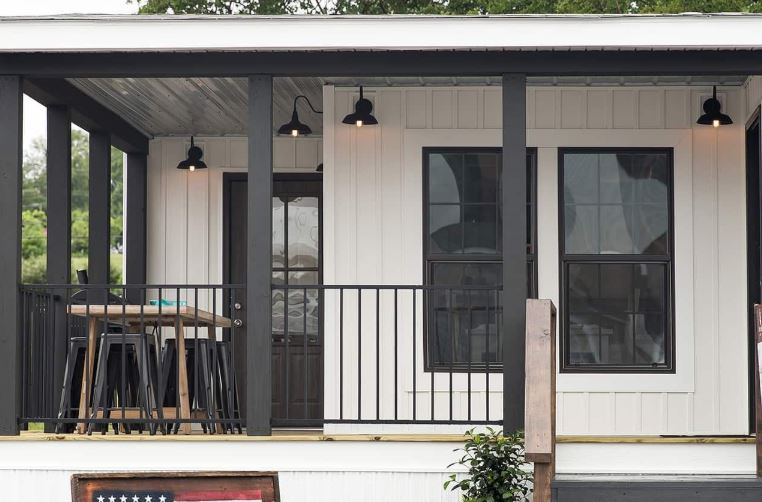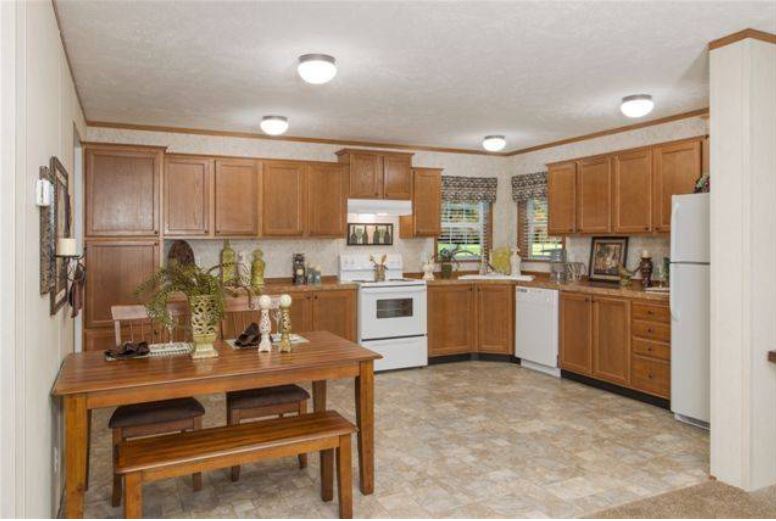
Sheffield Modular Home Interior
In the age of sophisticated materials and computer-aided manufacturing, most people still rely on the traditional way of building their homes.
However, no matter if such structures are made out of wood, concrete, clay, cement or other aggregates…such homes will be more costly and usually less energy efficient.
Energy efficiency is critical for a comfortable home irrelevant of the dominant climate:
-
If you live in a cold region, you would need excellent thermal isolation in order to trap heat and keep the cold air out.
-
If you live in a hot region, you would need excellent thermal isolation in order to trap the cold air (generated by AC) and keep the heat out.
No matter how you slice it, energy efficiency is paramount. Otherwise, prepare to splurge your hard-earned money on exorbitant utility bills or buy resources, and constantly suffer discomfort during summer and winter months. Instead, save your money by looking into Modular Homes that we offer. Understanding the variations in modular home designs will help decide which is the best modular home for you.
Related: Mobile vs. Modular Homes
Massive Cost-Efficiency Benefits of Modular Homes
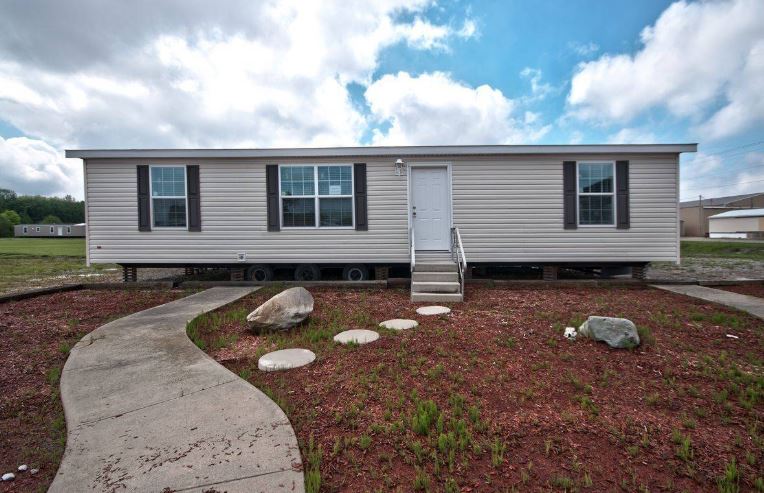
In both areas, cost and energy efficiency, modular homes thrive. Why would that be the case, you may ask?
For two very simple reasons:
-
Modular homes are made out of carefully thought-out composite materials which have outstanding ratings for thermal and sound isolation. To achieve such high standards in a traditional building, the cost would be significantly higher.
-
On top of that, modular homes are not built, but configured and assembled. All the parts of a modular house are manufactured in a high-tech factory and then transported and assembled at the designated building site. This is why they are called modular (like LEGO), and why there are much cheaper.
More importantly, modular home designs give homeowners a huge advantage. In brick-laying and concrete-pouring ways of doing things, it takes expertise to avoid creating thermal bridges.
A thermal bridge is a segment of the house where the insulation is reduced in order to facilitate a particular way of building or room configuration. Essentially, even if all other segments of the house are up to par when it comes to insulation, a single thermal bridge present will drastically reduce the energy efficiency of the whole house!
A modular home builder specializing in the passive house can help avoid such scenarios. A passive house characterized by superb insulation and construction. Effectively, any modular home design that saves between 70 and 90% of heating and cooling costs, compared to a typical building. Needless to say, you can expect the cost of a non-modular passive house to rise by about 20%, on top of already expensive traditional building.
Passive houses are also sometimes referred to as Zero-Energy houses, meaning they require no fossil fuels. Instead, they rely on heat pumps for cooling and heating, usually augmented with solar panels to achieve true zero net energy.
Most modular homes are by default passive homes if you opt for the quality brands; these are still way cheaper compared to traditional house-building. Remember, modular homes are assembled instead of built, which means that the possibility of thermal bridges is eliminated in advance.
When you configure your modular home to be assembled, a computer model can show if thermal bridges will eventually exist. Moreover, all the assembled walls hold the same insulation values.
Even with modular homes, and perhaps even more so, you have control over design. You can choose your wall thickness, from merely energy-efficient to completely passive (90% cost savings!). It doesn’t take a genius to figure out that opting for a passive modular home will pay itself off within half a decade. Not to mention the much greater level of comfort afforded by passive homes, either during the summer or winter months. The best modular home in terms of cost and eco-efficiency is the passive kind.
Related: 5 Reasons to Choose a Modular Home
Why Are Prefab Homes More Affordable?
-
Manufacturers of prefab modular homes buy their materials in bulk.
-
Computer-assisted machinery significantly cuts down labor costs.
-
Drastically less time needed to assemble a modular home, which also cuts labor cost.
-
Healthy competition between modular home manufacturers.
-
Assembly-timeframe is independent of weather seasons.
-
Prefab home manufacturers do not rely on the system of contracted labor.
As you can see, it has nothing to do with getting lower quality compared to traditional homes. Prefab modular home designs can be high in quality too.
Mobile vs Modular Homes
Although a mobile home is also a modular/prefab home, the main difference is that it is assembled on a trailer chassis, so it can be moved later on. Such homes can sometimes depreciate in value, leading them to be considered personal property—but not nearly as much as a car! To avoid depreciation, many mobile home owners purge the title so it becomes part of their land. As a result, it can be appraised as real estate, thus maintaining its value.
That classification itself brings another problem – availability of financing mechanisms. As personal property, you will be able to have access only to personal property, or chattel loans. Such loans come with higher interest rates and shorter-term payments than a mortgage loan would.
More importantly, mobile homes are quite restricted in how much you can configure them for them to remain relatively mobile. For that reason, they tend to be limited to lower surface area and single floor level.
One common myth regarding mobile homes is their ability to withstand natural disasters. The idea that they have a poorer foundation is simply untrue. In fact, they are bolted and strapped down; this makes them sturdier than stick-built homes.
To recap, mobile homes:
-
Lose values more quickly.
-
Are more restricted in surface area and floor levels.
-
Are more difficult to finance.
-
Are more prone to damage due to a temporary foundation.
-
Are difficult to resell, as you will most likely be restricted to have it placed in designated mobile home parks.
-
Unless you also own land, you won’t actually be a homeowner, since you will have to pay rent to your landlord and be governed by their rules.
In short, two advantages of the mobile home are its mobility and that it’s perhaps the cheapest way of keeping a roof over your head.
Related: Mobile Home Myths
Other Advantages of Modular Homes
So far, we have addressed two huge advantages of modular homes:
-
Cheaper than traditional houses.
-
Much greater energy efficiency.
Although these benefits are vital on their own, there are other advantages that could also inspire you to buy a modular home:
-
Modular home builders use computer-assisted machinery, making the process much faster. We are talking weeks instead of months of building, from the first CAD (Computer Aided Design) configuration to putting your foot into your new home. This also means that you can have it assembled irrelevant of weather seasons.
-
Modular homes do not depreciate in value, unlike mobile prefab homes. Because they are appraised lie stick-built homes, they technically are stick-built homes.
-
You can choose any modular home design you want—modern, classic, colonial, mountain cabins, bungalows, Spanish-styled, ranch-style (ramblers), hotels, resorts, commercial buildings, farmhouse…literally, no design limitations exist. Moreover, an observer would not be able to differentiate it from a non-modular building.
-
Extremely customizable without the danger of creating thermal bridges. This customizability extends to the exterior as well as the interior: floors, countertops, cabinet styles, exterior finishes…if you have ever played a Sims game, you would be right at home!
-
Modular homes count as real property, unlike mobile homes. This makes them much easier to finance with mortgage loans.
-
Modular homes are no different from traditional homes when it comes to insurance premiums, taxes, and withstanding natural disasters. On top of that, if you live in such a state, you may get a tax break because modular homes are considered a type of green building.
In short, the modular home is also inexpensive like the mobile home. Since they are considered real property, they can be financed with mortgage loans—making them more affordable.
Top 10 Modular Farmhouse Picks
Pleasant, peaceful, welcoming, warm, family-oriented, following American tradition…these are all the terms that come to mind when you describe a farmhouse home. When you apply the prefab modular manufacturing to such style, you get tradition, comfort, energy efficiency, expediency, and lower cost.
Here are some of the most enticing prefab farmhouse style modular homes. Use them to give you inspiration when you are configuring the best modular home for you.
Clover Hill Farmhouse
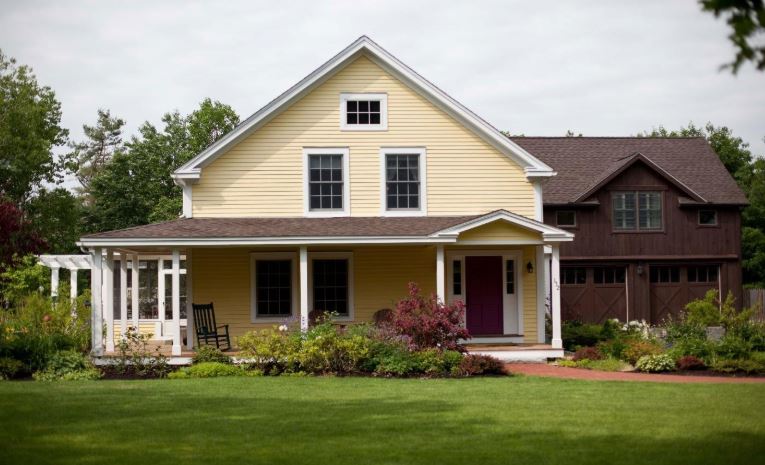
Not too large, not too small. Perfectly matching the driveway with prefab house additions, including two garage entrances and a garden path to the main entrance.
This is the kind of idyllic house our ancestors spent their lives in. Now, you can enjoy the calming farmhouse style with all the modern comforts and amenities.
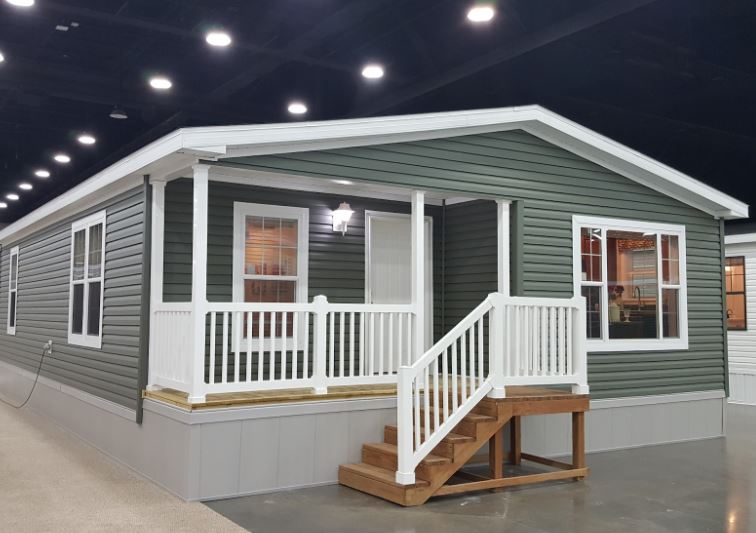
Both modern and classic, this prefab farmhouse offers a blend of traditional and modern living solutions. Out of the main focus is the dedicated garage space, with space easily flowing into the main entrance.
The large patio area is safely ensconced under a roof and surrounded by sturdy and stylish pillars. It is easy to imagine it becoming a focal point of social life, and it will encourage gardening to become your main hobby.
After all, a homeowner wants their guests to have a pleasant view of their surroundings.
Lulamae
Compact, single-shaped modular homes will be the cheapest.
Lulamae is sprawled on a single rectangle-shaped floor, with plenty of natural lighting coming in from all directions. Its small patio addition can serve as a dining area, but it is mostly designed for indoor social gatherings.
Rooms organically flow into each other spaces, while still remaining discrete and spacious. Even the bathrooms!
Springfield Barn Home

As traditional a farmhouse as you can get, Springfield Barn Home is a two-story modular embodiment of American tradition.
This prefab home has great, decorative additions. The wide front patio is a part of a roofed entrance, while the main roof holds two mini towers for comfy viewing of your land, while you catch up on some reading.
Unlike other models, the garage area is a separate but close mini-house, which can easily be transformed into another living area as a guest house.
Nantucket
It is not always easy to buy a sprawling land close to bustling cities, at least not if you don’t want to spend a fortune.
When you are limited to small acreage, the compact two-story Nantucket is the best modular home choice for you.
Characterized by having porches on both floors, Nantucket cleverly combines spacious living areas, foyer, bedrooms and a dining room on the first floor, joined with the equally spacious kitchen.
Such floor design was very popular in the early development of San Francisco. Of course, now, such housing costs a fortune in that rapidly declining city.
Seaside II
Even more compact than Nantucket, this is the best prefab home for when you need no extra bathrooms and storage areas.
As you go from the first-floor porch, you enter directly into the communal family room, which then connects to the separated kitchen and dining area.
The first floor contains the tight guest bathroom, while the second floor holds the main bathroom, along with three bedrooms.
Seaside II is perfect for assembly on narrow land lots.
Surfside Beach
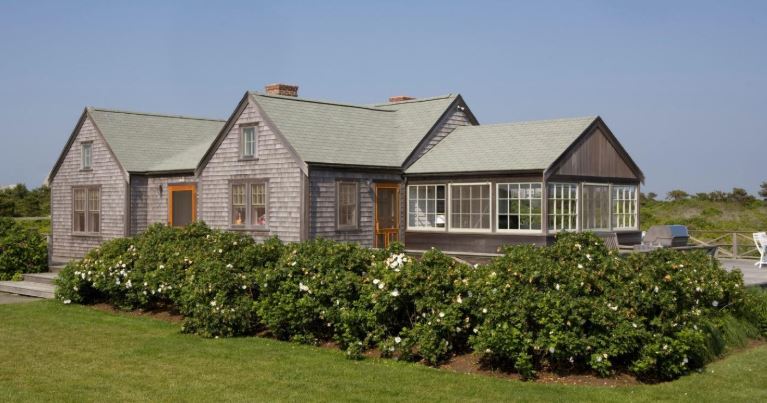
Single-floored with high arched ceiling, Surfside Beach is all about the spacious indoor experience, including your own greenhouse section which can also double as a dining area.
Who said that farmhouses cannot accomplish a look of prestige and exclusivity?
All you have to do is find the right architect.
Walsh Street
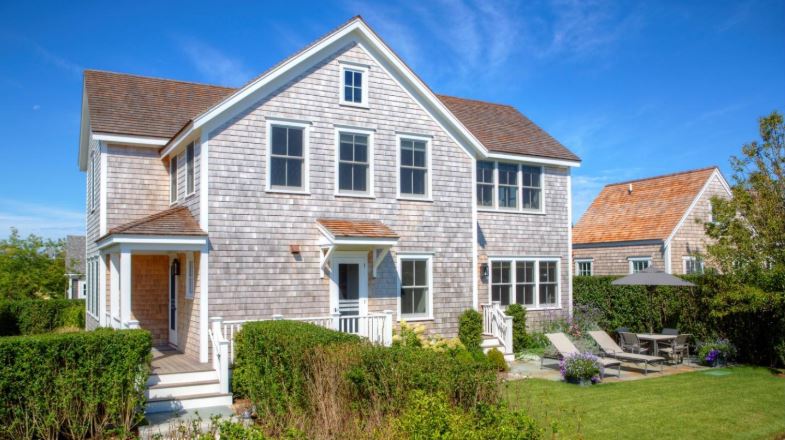
Exceedingly classy, upper-scale design, the Walsh Street house has two entrances into its enormous kitchen/dining/living room area.
The spacious organization of Walsh Street’s two floors is a template for every family movie you have ever seen.
Bright Built Home
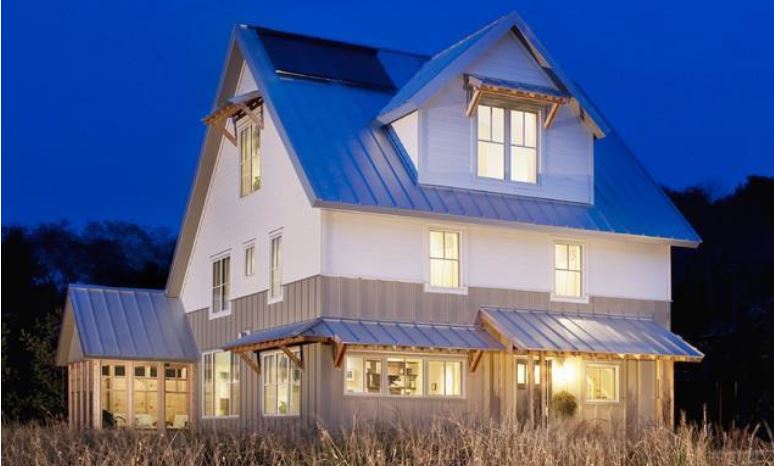
This beautiful modular home with the steep roof will be a welcome addition in any space, creating the feeling of a more modern farmhouse.
While retaining the look of a prairie house, the exterior offers a hint of modern design with its generously angular roof which expands the spacious lounge you see just as you climb on the 2nd floor.
The protruding dining room area you can see on the left side offers a great view for your invigorating breakfast.
Most of the windows on the first floor are protected from hale, while other ones are protected with a cleverly designed main roof.
Willow
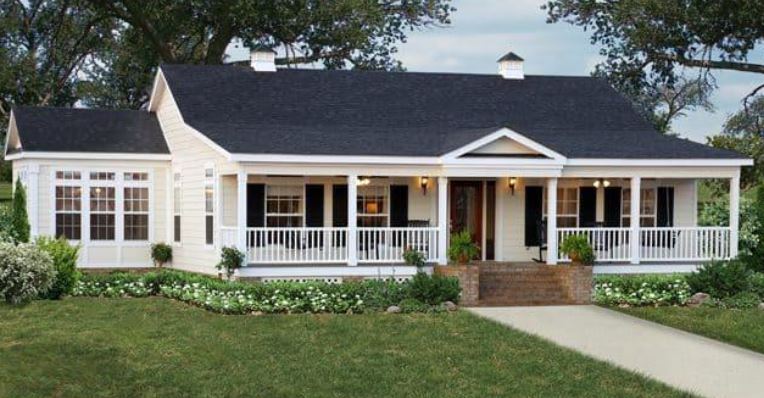
Another prefab modern farmhouse, the Willow is the epitome of the American-style home.
Not to just settle with a spacious porch, Willow comes with a beautiful sunroom.
The interior is everything you would expect to see in an upper-middle-class home.
All modular homes are friendly for your wallet and the planet. The farmhouse variation adds a particularly rustic appeal. If you like what you see, find the best modular home for your taste here.

